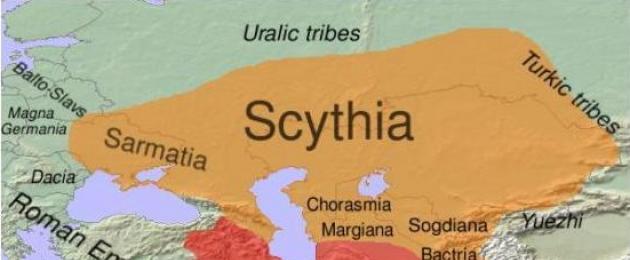Herodotus called the Sarmatians "lizard-headed". Lomonosov believed that the Slavs descended from them, and the Polish gentry called themselves their direct descendants. Russian girls inherited kokoshniks from the Sarmatians.
Lizardheads or mistake?
The origin of the name of the Sarmatians is shrouded in deep mystery. It is believed that Herodotus first mentioned them in the 5th century BC, calling the tribes of nomads east of Tanais Sauromates, which in Greek means lizard-headed.
Two centuries later, on the same territory, Sarmatians appear among ancient geographers. Whether a scribal error led to the name change or whether two different tribes were meant is unknown. But due to the identity of the territory, it is customary to consider the Savromats of Herodotus as Sarmatians.
First of all, about the name of the people. As for the name, like "Scythians", "Sarmatians", "Huns", then this is the fruit of the word creation of their neighbors. Representatives of the above peoples themselves have never called themselves that. Here is what the famous Russian historian E. Klassen wrote in the middle of the 19th century:
"From Herodotus it is clear that the Greeks called the Scythians even before him people recognized by us as Russ, therefore, they were even less familiar with the Scythians and could call it arbitrarily ... The first significant word for them, often repeated among the Scythians, could serve as a basis for this. The Slavs, on the other hand, always used to be called not by the Generic, but by the specific name, which is why it was difficult for the Greeks to solidify all these names.
But the trading people in Russia had and still have the habit of using the word "honor" in every commercial business, they use it when demanding a concession and when making such, they say: honor me, which means; yield; or I do you honor, that is, I yield. And since the imaginary Scythians got acquainted with the Greeks on the trade routes, there is no doubt that the ancient greetings of the Russians: honor, but in a different Great Russian dialect, cite - gave the Romans a reason to call them Scyths, and the Greeks - Scythians.
That honor was a characteristic feature of the Slavic tribes is also clear from folk songs, where warriors seek honor for themselves, and glory for the prince. From this it becomes clear where the name of the Slavs came from, as the epithet name of the Rus and other tribes. Were not the royal Scythians called before all the Slavs, but the warlike honored?
Where did the Scythians go?
For many years there has been an opinion that the Scythians were conquered by the Sarmatians. Although in fact the Scythians did not disappear anywhere, the chroniclers simply began to use something else instead of the specific name. Klassen suggested and quite convincingly proved that that the name "Sarmatians" comes from the word "syromyaty" or, more precisely, "syromyatniki". After all, the main commodity of pastoralists was leather, usually rawhide (undressed). In terms of language, customs and social structure, the Scythians were no different from the Sarmatians. The Greeks called Scythians those whom Roman historians later called Sarmatians.
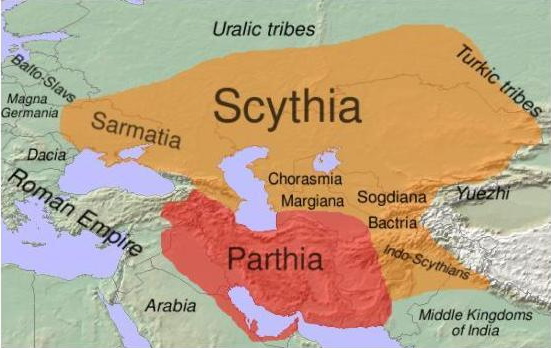
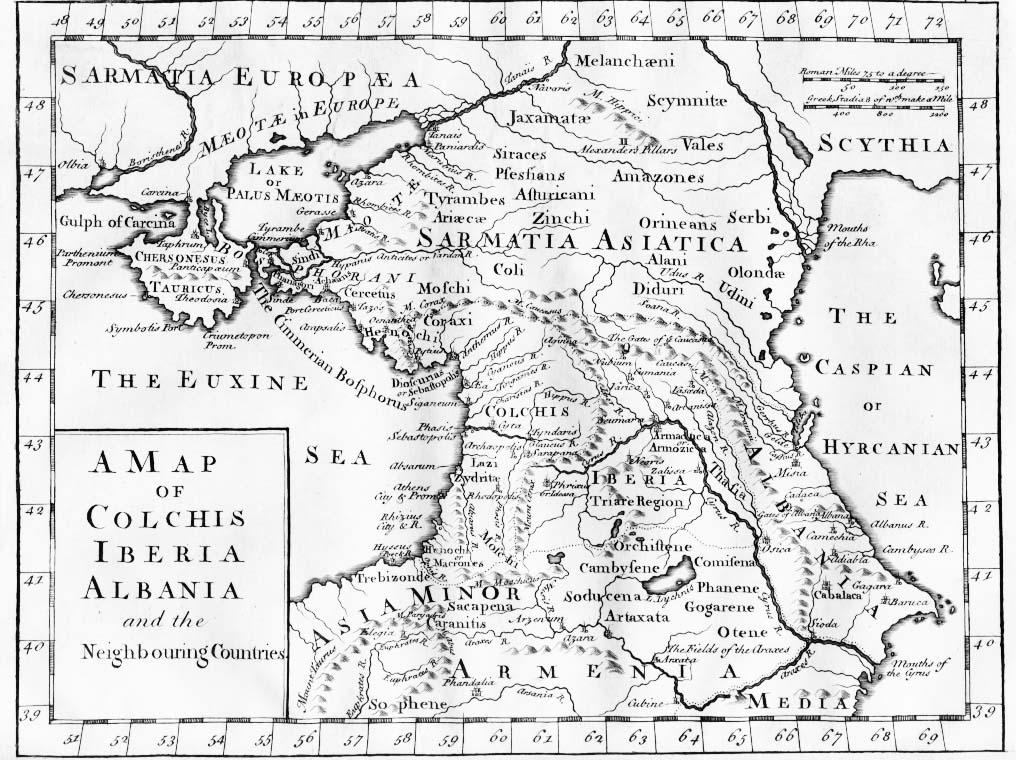
In the 1st century BC, the Greek geographer Strabo mentions several tribes after the Sarmatians, the most famous of which were the Roxolans. Their name is translated from Iranian languages as white Alans. Later, Lomonosov took them for the ancestors of the Rus.
Sarmatians, Alans, Roksolani, Aorsi...
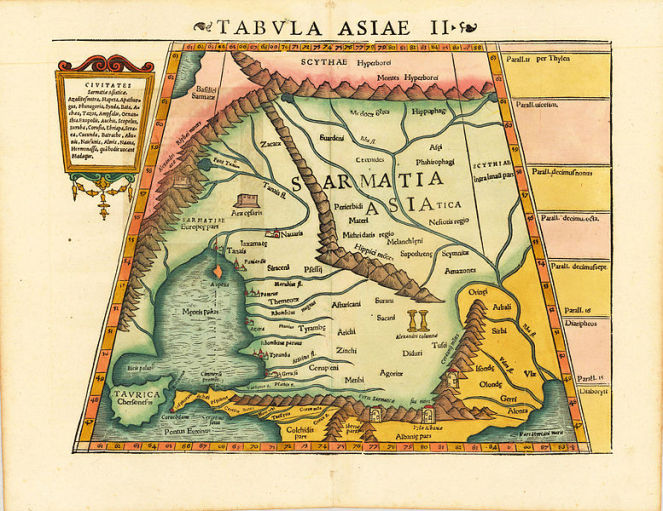
The Sarmatians appeared on the historical arena in the 3rd century BC, when they attacked and ousted the Scythians from the Black Sea steppes. Until that time, we find only fragmentary references to the Sarmatians on the eastern border of Scythia, however archaeological evidence confirms their movement from the southern Urals. In the northern Black Sea region, the Sarmatians for four centuries - until the 2nd century AD, occupied a dominant position, displacing other nomads from there.
Sarmatians, Alans, Roxolans, Aorses - such names are given by Roman writers to various nomads living north of the Black Sea, from time to time disturbing the Balkan possessions of the Romans.
The Sarmatians were known in ancient Rome as dangerous and worthy opponents, earned the fame of "magnificent warriors". For centuries, they tormented the aging empire, causing headaches for emperors and generals.
Armored in heavy armor, the Sarmatian cavalry - cataphracts - like a tank column swept away everything in its path, and among the Sarmatian warriors one could often see women's faces.
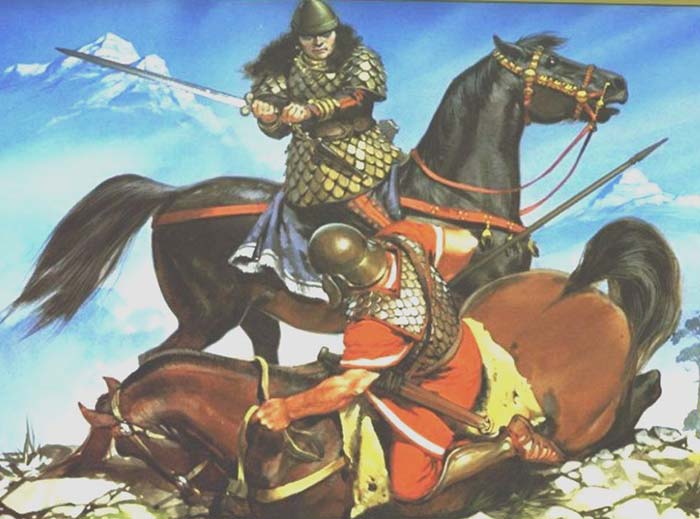 Sarmatian Amazon with a two-handed sword
Sarmatian Amazon with a two-handed sword
In the middle of the 3rd century A.D. e. The Roman Empire was going through a deep political and financial crisis. Neighbors did not fail to take advantage of this situation. Numerous Germanic tribes collapsed on the borders of the empire, among them the Goths were the most active, in whose movement the Sarmatians were also drawn.
Enemies of the Empire
In the II century BC. e. Sarmatian tribes began an active movement to the west, and a century later they occupied the Dnieper-Don interfluve. In alliance with other tribes, they repeatedly invaded the limits of the Roman possessions south of the Danube - in the province of Moesia.
Judging by the sources, the first clash between the Sarmatians and the Romans took place in 16 BC. e., when the Roman senator Tarius Rufus successfully repelled their onslaught. However, soon the Romans, who suppressed the Pannonian-Dalmatian uprising, had to urgently return their legions to Moesia and again send them against the Sarmatians and Dacians.
At the same time, the poet Ovid, who was exiled by Emperor Augustus in 8 A.D. e. in the shabby town of Toma (located near modern Constanta in Romania. - Approx. Aut.), noted the presence of the Sarmatians on the shores of Pontus (Black Sea). According to his testimony, they roamed freely around the city they visited, crossing the ice across the Danube. Ovid even had to learn the Sarmatian language.
Gradually, the Sarmatian associations are drawn into the struggle of Rome with the barbarians and the Bosporus. By the middle of the 1st century, the Western Sarmatians - the Iazygs - crossed the mountain passes of the Carpathians and occupied the plain between the Danube and the Tisza - the Hungarian Pashto. Following them, other Sarmatian tribes, the Roxolans, advanced to the borders of Rome. At the same time, a state association of nomads appeared on the Dniester-Danube expanses, headed by Farzoy, who was called the king and even minted a gold coin with his family sign - tamga. The Sarmatians increase pressure on Moesia and the North Pontic cities. Taking advantage of the diversion of the main Roman forces from the province to fight the Parthian state, Farzoy's army, in alliance with the Dacians and Bastarnae, invaded Moesia in the winter at the turn of 67-68, where, according to the historian Tacitus, "chopped up two Roman cohorts."
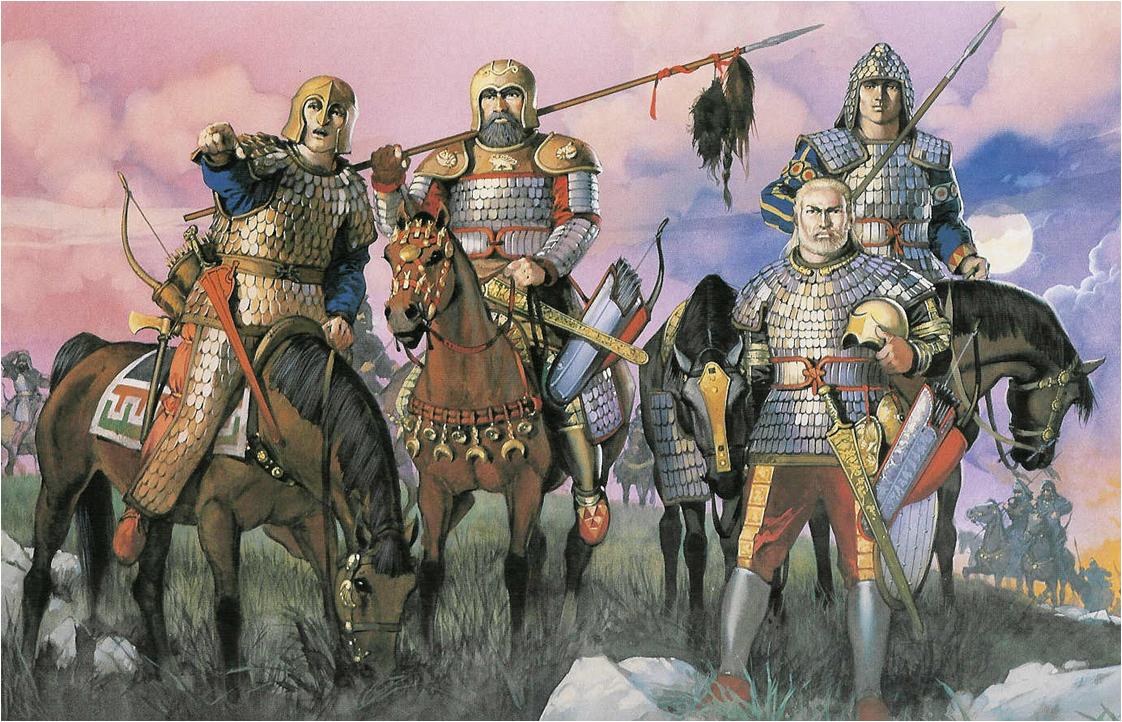
In 89, the emperor Domitian again sends troops against the Sarmatians after they destroyed the legion along with the legate. Three years later, the fighting ended with the victory of the Romans. The fact that Rome breathed a sigh of relief after this difficult war is evidenced by the fact that, as a sign of victory, the emperor presented a laurel wreath to Jupiter Capitoline. This episode recorded the last clash of the Sarmatians with the Roman Empire in the 1st century AD. e.
According to the famous Roman philosopher Seneca, "The Danube delimits the Sarmatian and Roman limits, and also deters the Sarmatian invasions."
Multi-horse warriors
As a result of all these events, the territory between the Danube and Dniester rivers is firmly settled by Sarmatians, and by the end of the 1st century, the formation of "European Sarmatia" was completed- a concept introduced by Claudius Ptolemy.
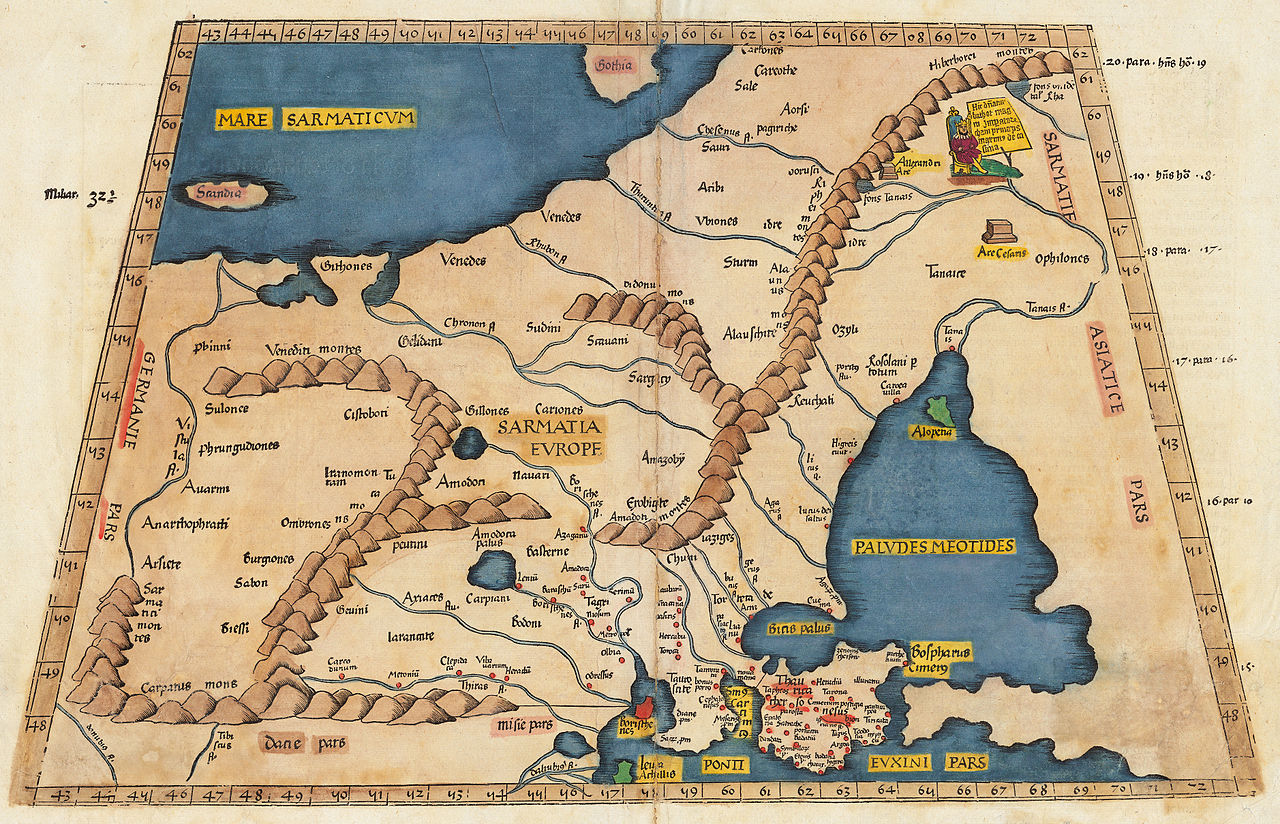
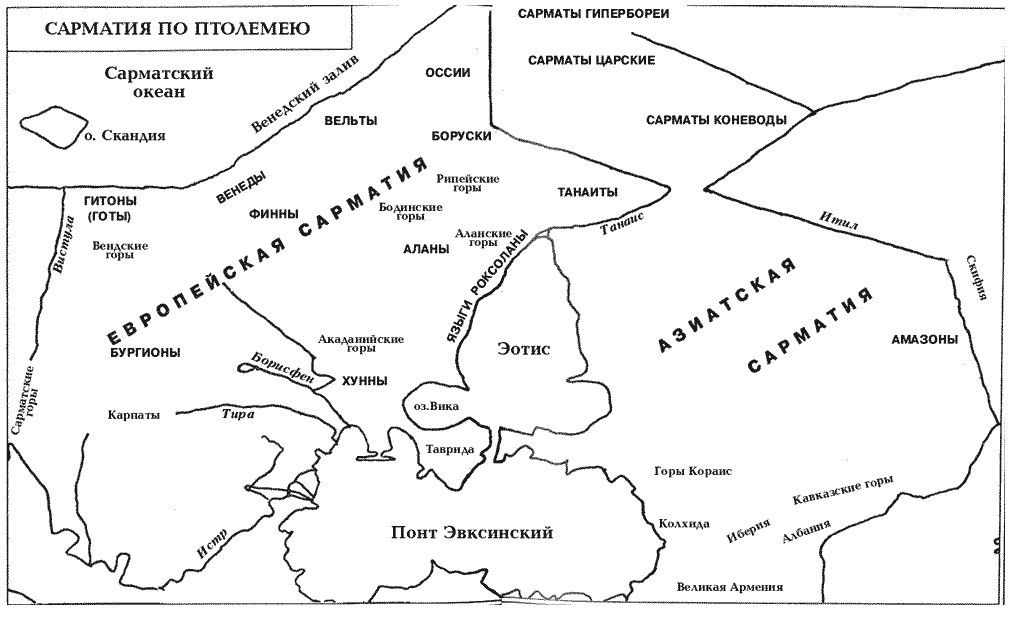
At this time, these nomads became such an influential force that information about them even reached Alexandria in Egypt, where Ptolemy lived and worked. The whole history of European Sarmatia is connected with campaigns, raids and migrations. The very type of nomadic economy could not exist without a well-organized military affairs, which made it possible to make swift raids on the borders of the Roman Empire, alienate pastures and livestock from weaker neighbors, collect tribute from farmers and protect their own pastures.
Ptolemy singled out large tribes of Roxolans and Alans among the motley ethnic array of barbarians. Ancient authors speak of them as strong, brave and "multi-horse warriors." The Roman historian Ammian Marcellinus mentions the "European Alans" living near the Dniester, whose homeland was the Caucasian steppes and foothills. Their dominance in the Northern Black Sea region lasted for two and a half centuries, and the Alanian resettlement is considered the last Sarmatian migration to the west.
According to the Jewish historian and writer Josephus Flavius, the Alans around 36 AD. e. occupied the areas of Meotida (modern Azov Sea - Approx. Aut.) around the Tanais (Don) River. Some of them after some time advanced to the Danube. In the II century they formed a powerful union of tribes, which took a dominant position among other nomadic peoples and gave them their name. According to Ammianus Marcellinus, the Alans “Little by little… they exhausted the neighboring peoples and extended the name of their nationality to them, like the Persians… Chasing draft animals in front of them, they graze them along with their herds, and most of all they give care to horses… All those who are not fit for war by age and sex , are busy with household chores, and young people, having become related to horseback riding from early childhood, consider it a shame for a man to walk, and they all become magnificent warriors.
Frequent military clashes with the Sarmatians in the 1st and 2nd centuries AD. e. found their reflection, in particular, in the art of the Bosporus. Vivid monuments of these events are the murals of the Panticapaeum crypts, on which you can see flaming fortresses and cities, foot and cavalry warriors in armor, galloping horsemen with fluttering cloaks and round phalars on the croups of horses. From here
Were the Amazons Sarmatians?
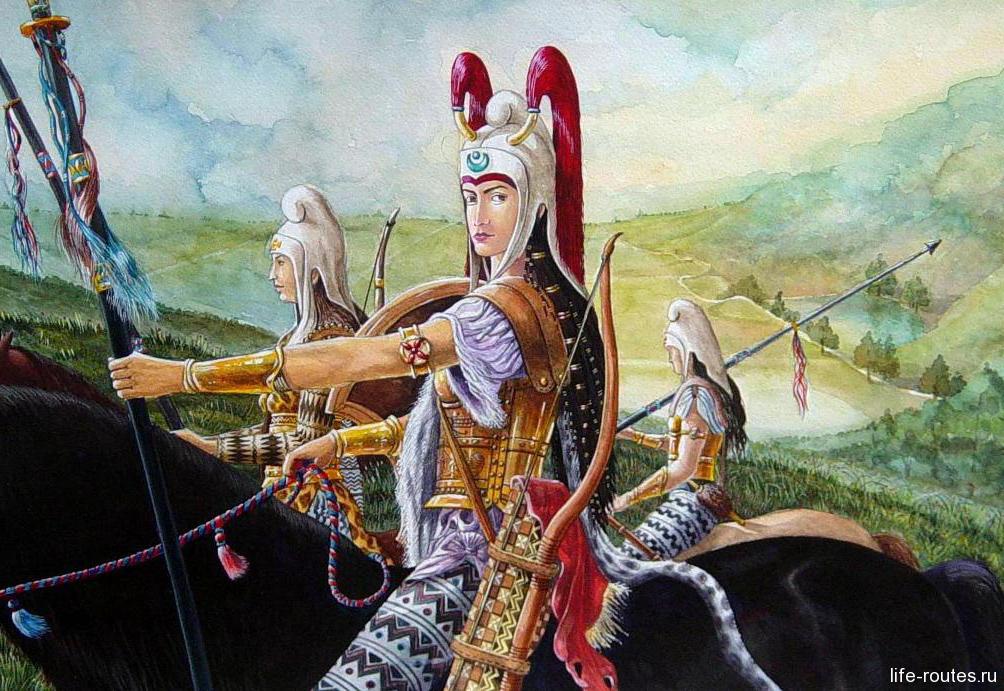
The message of the disgraced Roman poet Ovid is widely known that Sarmatian women, along with men, ride on horseback to hunt, go to war and wear men's clothes.

So, the Roman geographer Pomponius Mela wrote that the Sarmatians "warlike tribe, free, recalcitrant, and so cruel and ferocious that even women participated in the war on an equal basis with men".
And the historian Herodotus believed that the Sarmatians descended from the marriages of Scythian youths with the legendary Amazons.
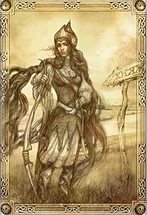
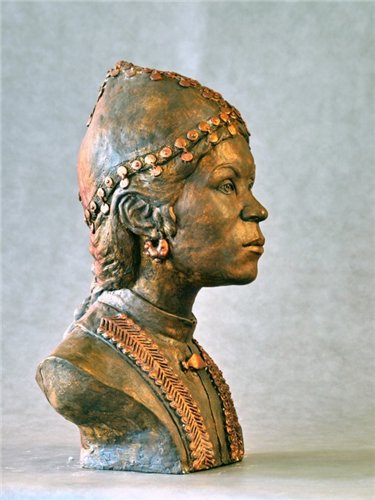
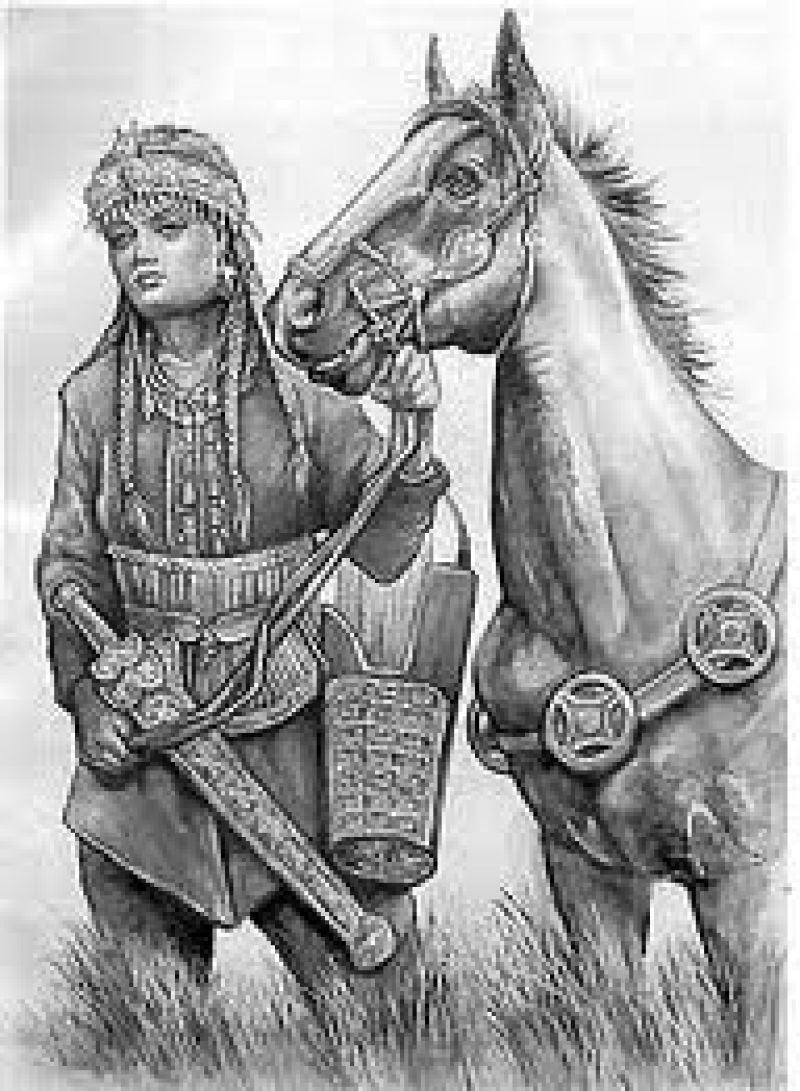
Kokoshniks came to us from Sarmatian women
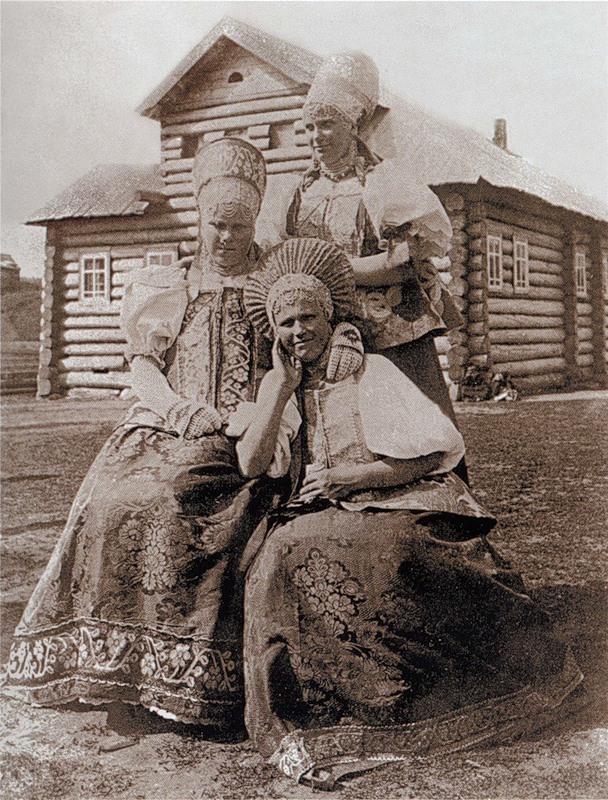
In Sarmatian burials, and what is important, not only in them, archaeologists sometimes find skulls with an elongated back. Some experts suggest that we can talk about the custom of artificial deformation of the skull, when a newborn child's head is pulled with a bandage. In the territories of the northern Black Sea region, the Kuban and the North Caucasus, this custom was observed from the 22nd to the 7th-6th centuries BC.
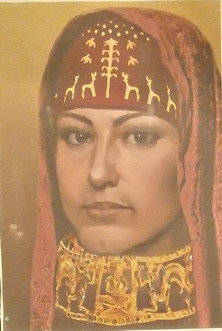
The "Sarmatian ritual" gradually disappeared from the territory of Russia along with the Sarmatians themselves, but remained imprinted in folk costume, in particular, in the kokoshnik.
Amazon neighbors
The Greek historian Herodotus wrote that the Sarmatians were descended from the marriages of the Scythians and Amazons. Since then, the Amazons, in the descriptions of the peoples living north of the Black Sea, often coexist with the Sarmatians. This fact acquired special interest in the eyes of ancient writers, since the women of the Sarmatians, in his own words, had more rights - they participated in public life, sacred actions, and even in battles. The Sarmatians worshiped the Mother Goddess Mithra. (Pre-Iranian cults)
Sarmatians are innovators of martial art.
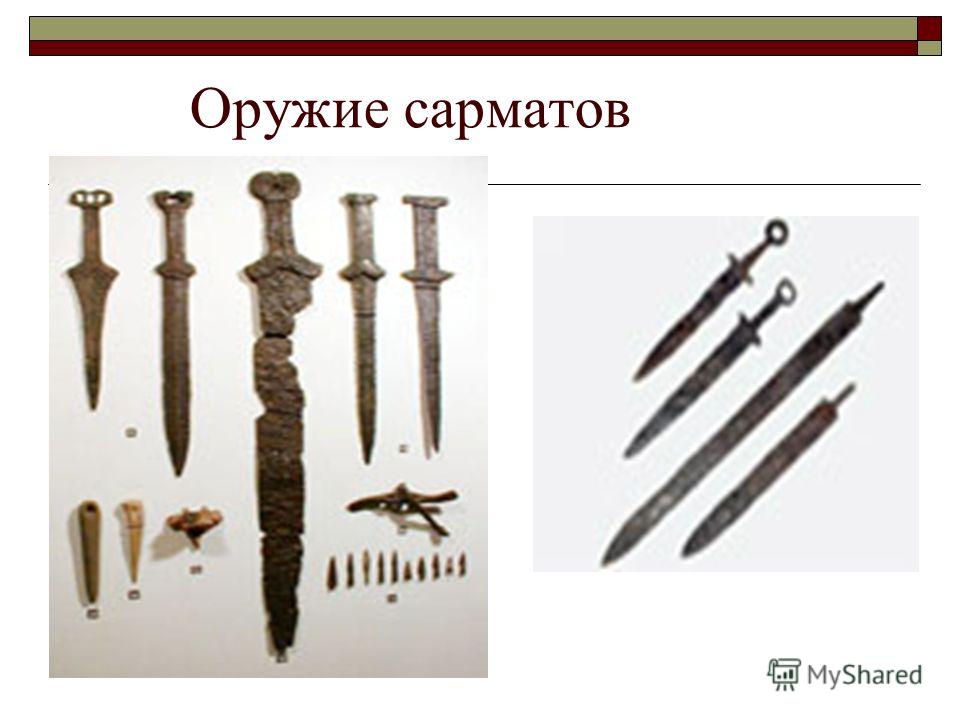
The Sarmatians are considered innovators in the technique of equestrian combat. This provided them with two types of weapons - a long heavy spear and a long sword. Before the Sarmatians, the cavalry of the steppe nomads was mostly lightly armed - large masses of mounted archers ensured superiority over all the armies of settled states. Heavily armed cavalry, with short swords - akinaki and shields, was not numerous and in battles she was assigned the role of the last reserve.
The Sarmatians were the first among the nomads to use long, up to 130 cm, swords. Later, a heavy spear, the contus sarmaticus, was added to the sword. Its length was 3 meters or more and it had to be held with two hands. For a shield with such weapons, there were no hands left, and the only defense of the Sarmatian rider was a scaly shell.
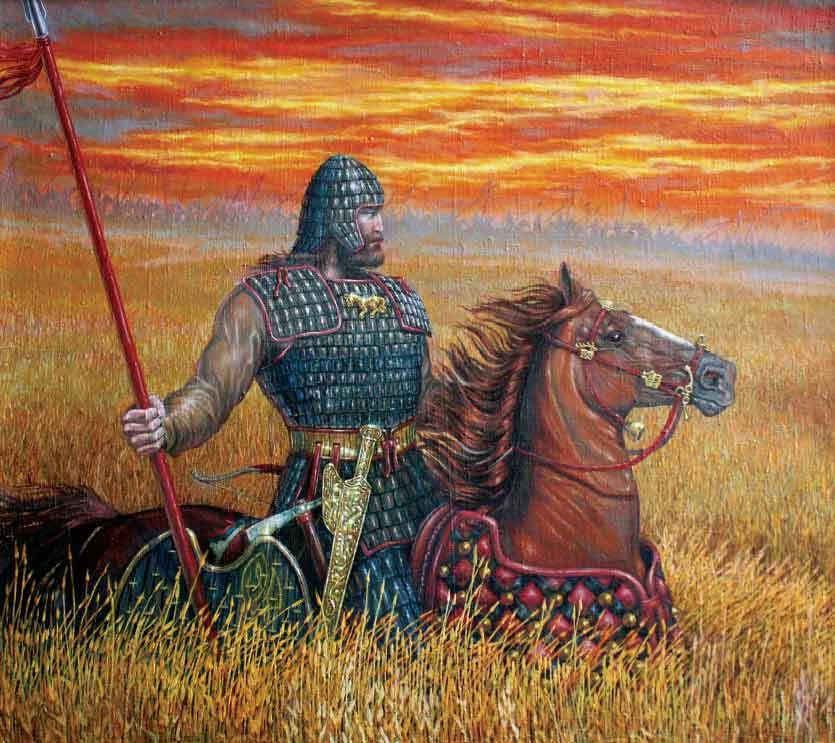
The penetrating power of a rider with such a spear was extremely great. At the first blow, the horseman could “string” several people on the spear, after which he threw it away and took up the sword. The Parthians also had a similar type of cavalry, and later such horsemen became the elite of the Byzantine army - cataphracts.
Sarmatian mounds and gold
In the south of Russia - in the Kuban region, in the North Caucasus and in Ukraine, the Sarmatians left many traces. First of all, these are mounds up to 5 meters high. Burials were located under the barrows, often very rich. Golden neck torcs, brooches, bracelets, bronze mirrors accompanied the dead. Also in the barrows one could find weapons and decorations for horses, but the horse bones themselves are the exception rather than the rule.

The decorations were richly ornamented, the craftsmen who made them knew the technique of filigree and granulation, they knew how to work with gold wire. Figures of animals - predators, dragons, ungulates, were usually depicted in dynamic, curving poses. Where these artisans lived is not entirely clear. It was difficult for a Roman or Greek craftsman to make such jewelry. Perhaps these craftsmen lived in Meotian-Sarmatian settlements not yet discovered by archaeologists.
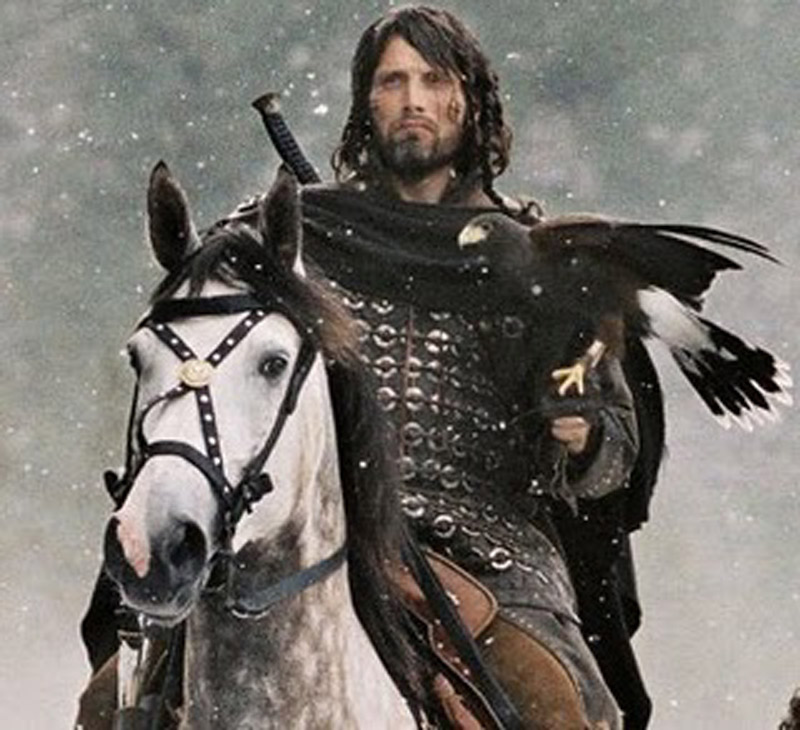
Sarmatian archeological monuments disappear in the III-IV centuries of our era, which is associated by scientists with the invasion of the northern Black Sea region of the Goths and the foundation of their legendary leader Germanaric of the Gothic state. The Sarmatians, probably under the names of smaller tribes - the same Alans, are moving under pressure from the east and north to the south, to the Balkans. From there, the Alans will move to Spain, where they form their own small kingdom, subordinated by the Visigoths a few centuries later and Britain. Today, English historians confirm the Sarmatian origin of the famous King Arthur and his knights of the round table.
Sarmatism
In the XV - XVII centuries, in the era when modern nations were taking shape, interest in the works of ancient Greek and Roman writers grew greatly. In their works, political scientists of the early modern period began to look for the origins of their states and nations. And if for most Western European countries the common ancestor state was the Roman Empire, and for the Germans - the victorious ancient Germanic tribes, then the Poles began to look for their ancestors in the Sarmatians.
In Poland, this led to the creation of a whole ideology of Sarmatism - a kind of genetic myth. The gentry considered themselves descendants of the Sarmatians, the thunder of the Western world and the cultural neighbors of the wild east, and were also sure that the coats of arms of the Polish nobility were copied from the Sarmatian tamgas (ancestral signs).
This gave rise to gentry liberties, republicanism, oriental love for luxury, the borrowing of baroque culture and the dominance of Catholicism, which grew into the idea of the messianism of the Commonwealth. With the Sarmatian tribe itself, ideology was associated only with an ancient name, but it greatly contributed to its spread.
Today we can confidently say that the Scythian-Sarmatians are the ancestors of the Slavic people, including the Russian.
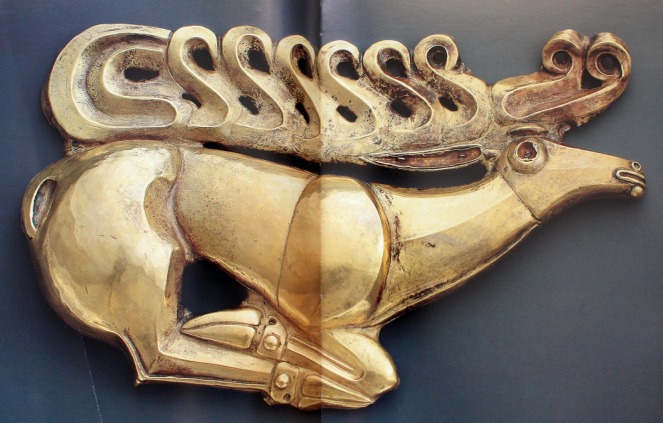
Sarmatian coins
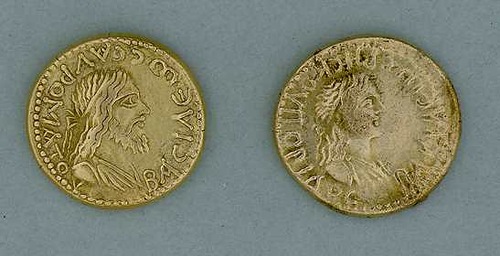
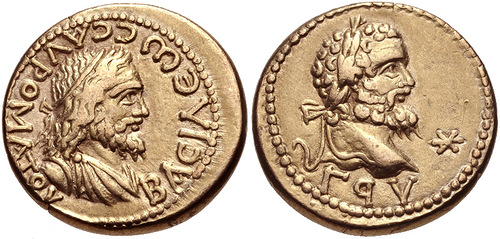
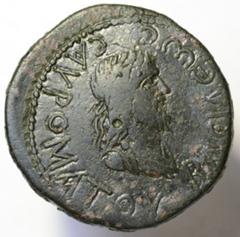
- In contact with 0
- Google+ 0
- OK 0
- Facebook 0

